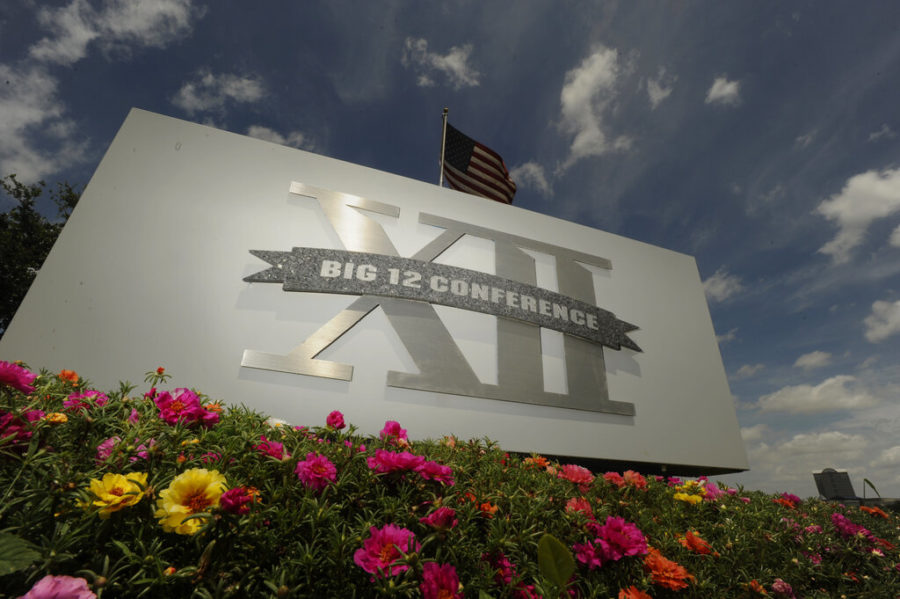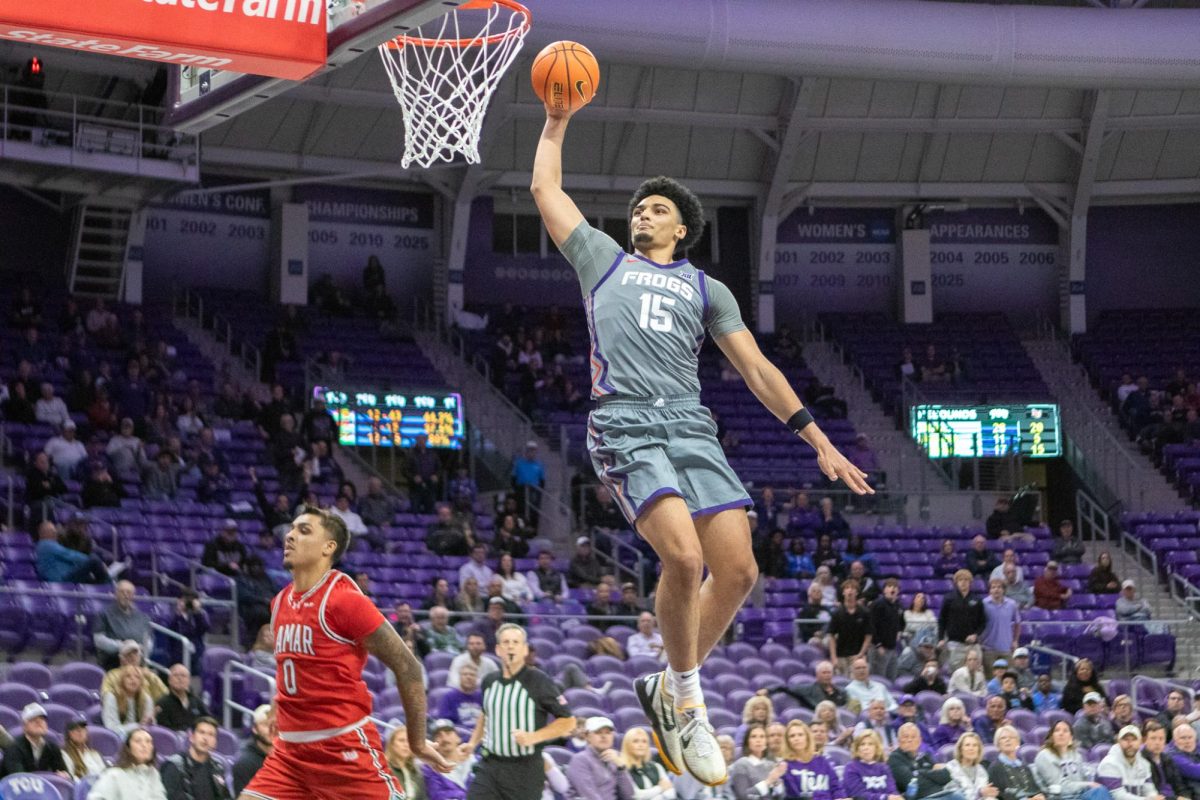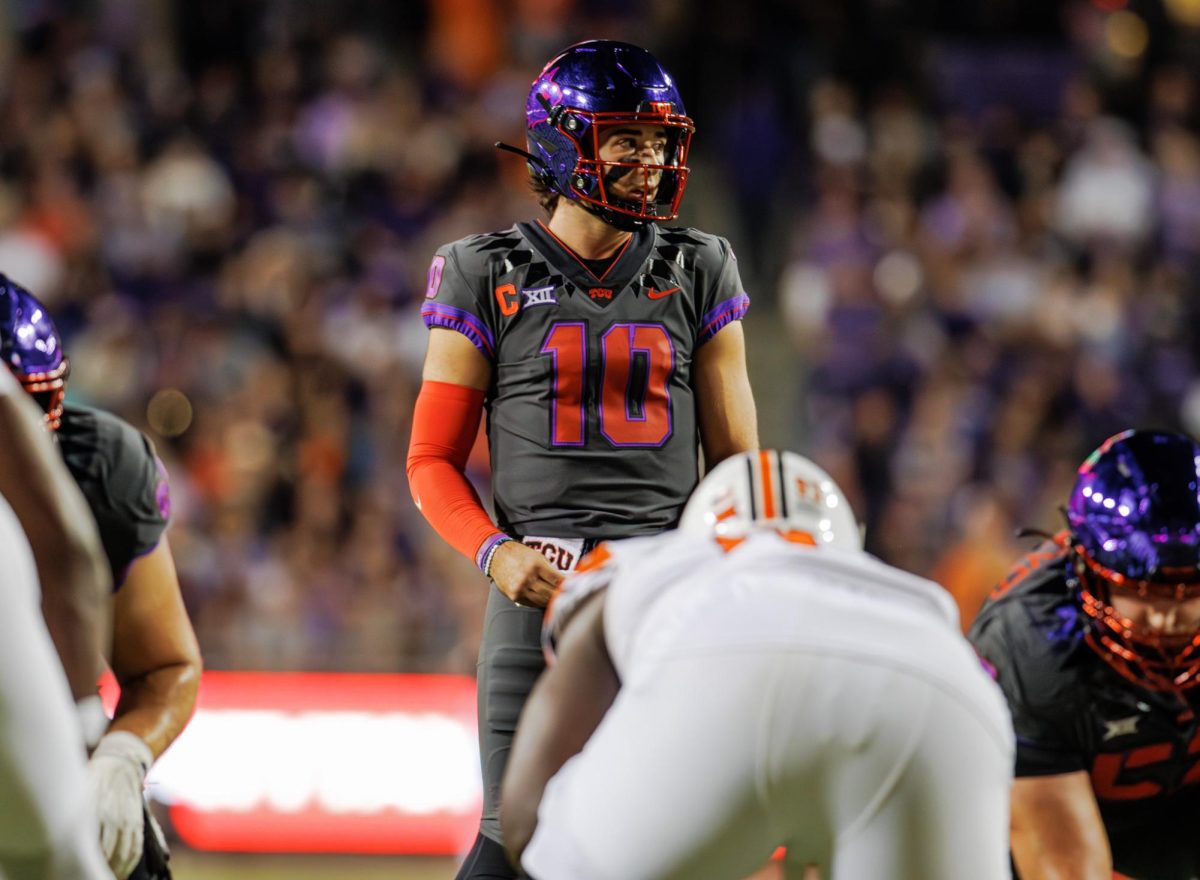The Big 12 has endured its fair share of changes in the 27 years since its founding, but just over a month ago, Texas and Oklahoma made many question the future of the conference when the universities announced their future move to the SEC.
In response, the conference presidents voted to approve the addition of the University of Central Florida, BYU, Cincinnati and Houston on Friday.
With the move, the Big 12 will not only return to 12 members for the first time since 2010 but will be expanding geographically. Cincinnati gives West Virginia a neighbor, BYU expands the conference west past Lubbock, Houston will represent southern Texas and UCF is among the largest universities in the country, bringing the conference into Florida.
Texas and Oklahoma are two of eight remaining founding members of the Big 12 and are by far the largest athletic programs in the conference in terms of revenue. The Texas athletic department annually brings in over $200 million, and Oklahoma is the only Big 12 program to ever make the College Football Playoff.
Those two programs are difficult to replace revenue-wise, but all four newcomers are deserving of a shot in Power 5 football.
The Cincinnati Bearcats and BYU Cougars finished the 2020-2021 season at no. 8 and no. 11 in the AP poll, and UCF spent the first four weeks in the rankings. UCF was also the self-claimed 2017 ‘national champion’ after going 13-0 and beating Auburn in the Peach Bowl.
“The eight ADs remain committed to furthering the Big 12 as one of the nation’s premier athletic conferences, and look forward to working with our presidents and chancellors to strengthen the league,” said Bob Bowlsby, the Big 12 Commissioner, in a statement on Sept. 1. “Future exploration by the group will continue to center on options that best position the long-term strength of the conference.”
BYU is an FBS independent, while the other three schools are members of the American Athletic Conference and could join by 2023.
UT and OU plan to join the SEC in July 2025, though they could decide to buy out their contract with the Big 12 at any point before then.
The timeliness of the conference drama is no coincidence. Conferences make the majority of their money through TV deals, and the Big 12’s current 13-year, $2.6 billion media rights deal with ESPN and Fox is set to end in 2025.
Bowlsby said the conference has had no formal discussions regarding media rights with its media partners.
Because the remaining eight schools were able to get on the same page, the new-look Big 12 should get the added exposure needed to make up for the departure of their two powerhouses.










